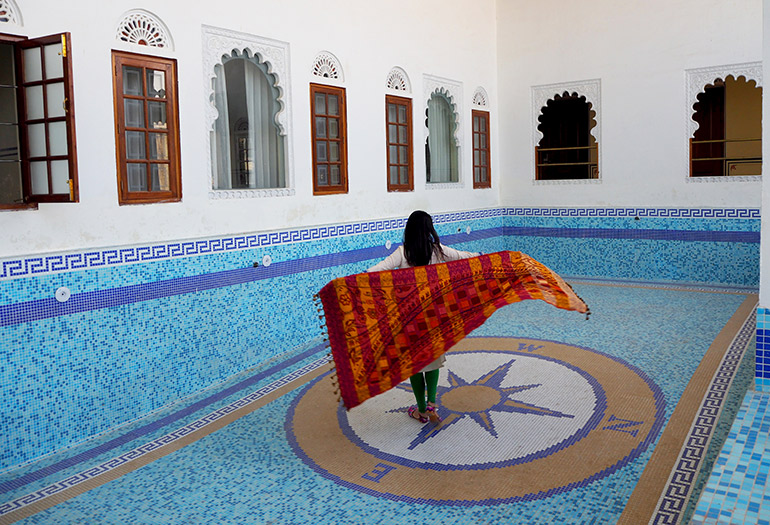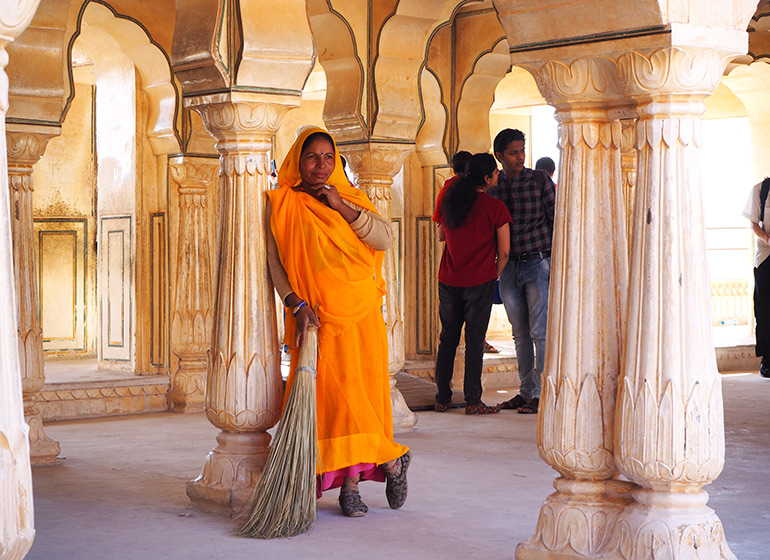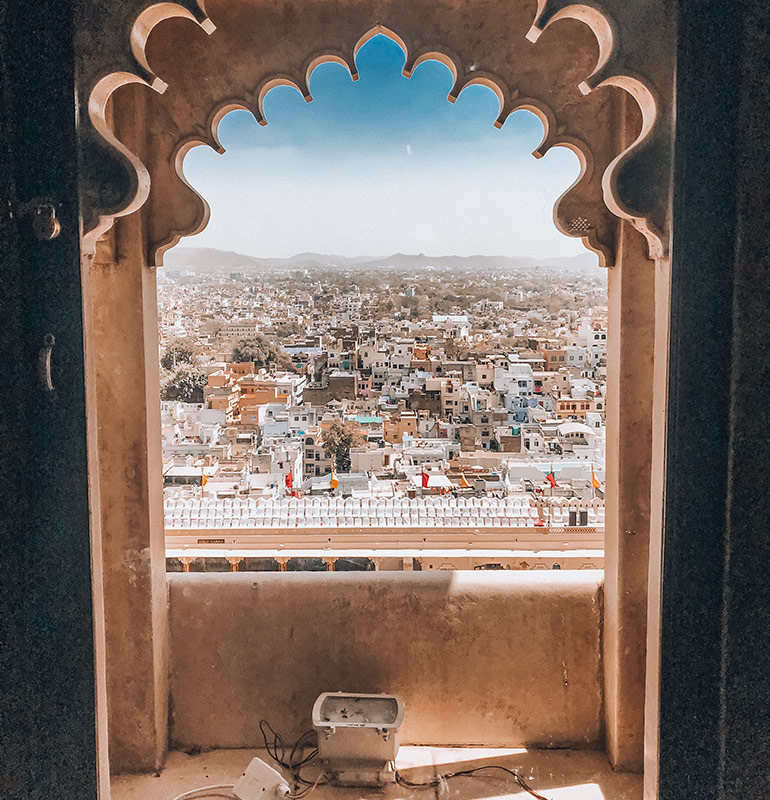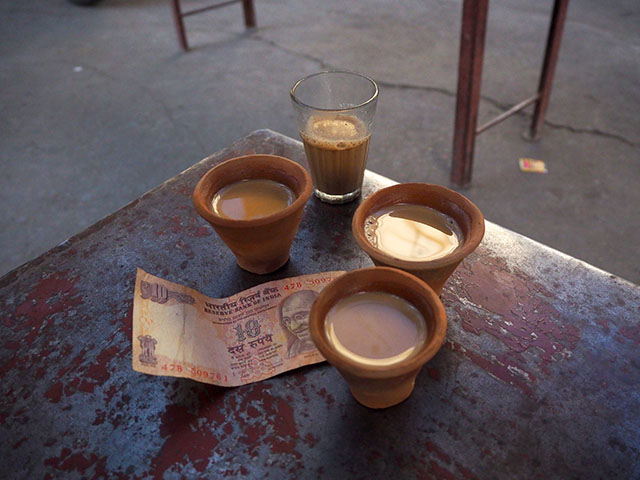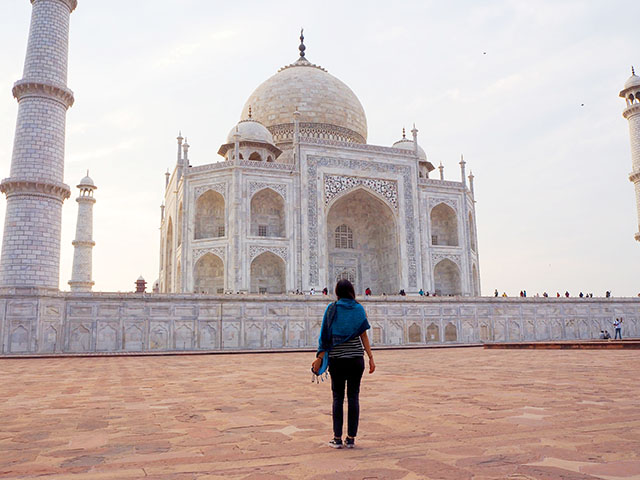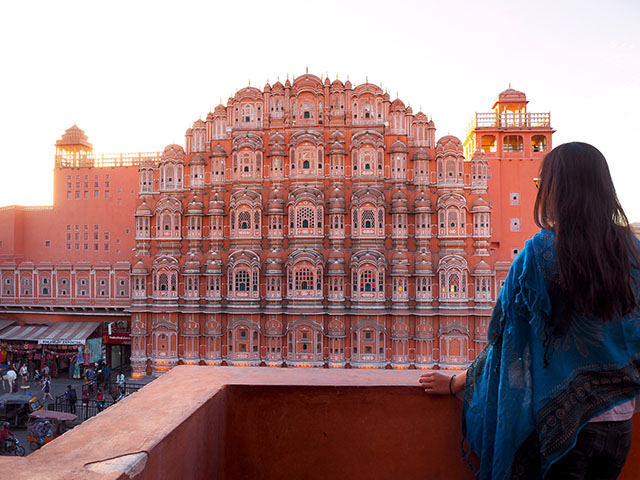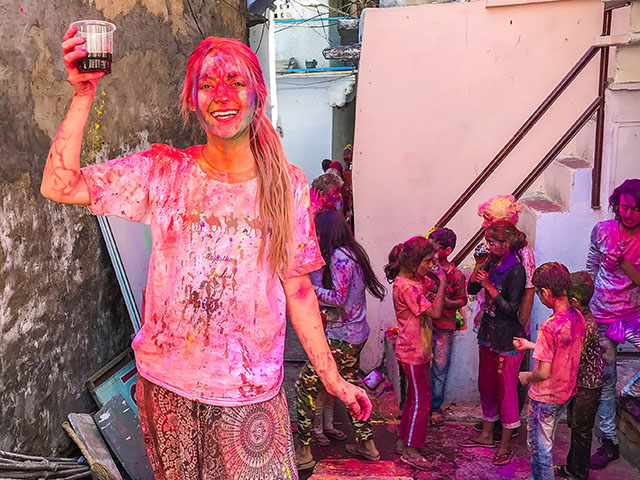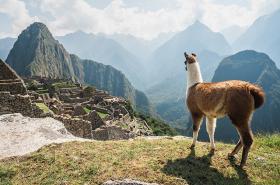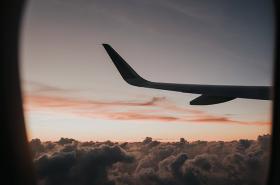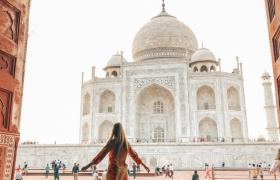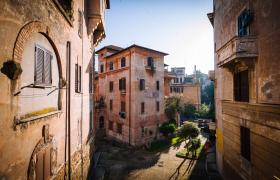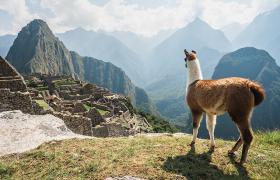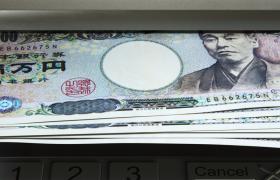India greets travellers with an almost overwhelming juxtaposition. A visit unveils remarkable natural landscapes, sumptuous temples and architecture, and a society that clearly demonstrates both its grassroots origins and the fast-moving way of the future. This is before you even consider the sensory overload that comes with their cuisine and cultural traditions.
Not for the faint-hearted, India truly is a bamboozingly colourful country. A trip there will leave you intoxicated on the smell of spices and the smiles of locals, having you yearning to return.
Whether you are planning a trip to the Golden Triangle, backpacking your way through slums and splendour, hiking the Himalayas, or seeking the Big 5 on a safari, read on for some tips to ensure you are making the most of your travel money.
Indian Currency
You will need to stock up on Indian Rupees (INR) before touching down in India. The Rupee is divided into 100 paise of which you can get the following denominations:
Notes - Rs1000, 500, 100, 50, 20 and 10
Coins - Rs5, 2, 1 as well as 50, 25, 20, 10 and 5 paise.
As a rule of thumb, 10 Kiwi dollars will get you around 450Rs (or thereabouts).
You must declare if you are importing $5000USD (or just under $7500NZD) equivalent in or out of the country.
Cards are widely accepted, especially in hotels and major shopping centres, though cash is definitely still king in most places. You should be able to find ATMs in most larger cities, just be mindful of any spicy withdrawal fees.

